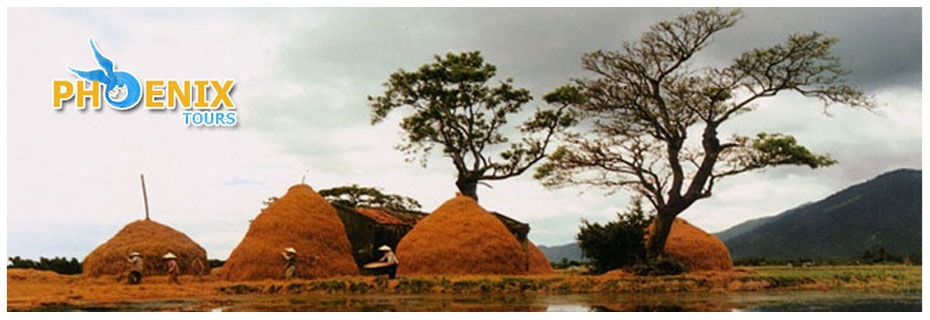
For the light or easy trek, we recommend using good sandals or walking shoes, but for intermediate and hard trekking trips, we have to use really good shoes or sport shoes which must have really strong grips for hiking up and down. Many of our past clients use their expert hiking boots which often become very muddy in rainy weather. The best footwear during periods of rain are definitely the local rubber boots bought at the local market for about 60 000 VND or $4 USD. They grip in mud and do not cause blisters. Although, these boots do not breath at all.







